In Part One of this article – Goals and Actions and Strategies – Oh, MY! – I clarified the differences between goals, actions and strategies and talked about why that is a difference that makes a difference.
In this article, I’m going to explain how you can design a plan that employs all three aspects.
In my experience, most people have a focus level that is their comfort zone. There’s the big picture thinkers and the detail-oriented folks. Which are you?
Big Picture Thinkers
- You are a dreamer.
- You are excited by big goals for the future.
- You love new ideas and starting new projects, but when you get bogged down, you just go on to start another project.
- You have little patience for the details – the details seem hard and even boring.
- You get overwhelmed easily by details
- You are often unhappily surprised by the outcomes of your big plan, because you forgot a simple detail.
- You make a lot of big plans, but don’t seem to get very far in executing those plans. And usually those big plans are very sparse on the details.
You love to fantasize about your big success, but when you look around, you don’t understand why you’re not there yet.
 Detail Oriented Folks
Detail Oriented Folks
- You love to feel busy.
- You are constantly thinking in terms of, “What should I do?”
- Thinking about long term goals feels uncomfortable, even frightening.
- You’d much rather focus on this email, that paperwork, those phone calls…
- You have lots of lists and every time you listen to an expert or read a book you add lots of items to those lists.
- You can tend to over think things and feel the need to get all the details and plans perfect before taking action.
You work really hard all day long, but when you look around, you don’t understand why you feel like you’ve gotten nothing accomplished.
I don’t think either focus level is right/wrong or good/bad. Actually, in order to be successful in life and in business, you need to be able to pull focus. You need to have some facility with both levels of thinking which will enable you to think big, create useful plans and then implement those plans to take consistent and productive action.
Whether you go from microcosm (the details) to macrocosm (the big picture) or vice versa, when designing your plan doesn’t matter. What does matter is that:
- You create the big picture outcome (goals and vision)
- You choose some guidelines for making decisions (strategies)
- You develop a step-by-baby-step action plan for accomplishing those outcomes with a specific order and time frame to get you from where you are now to where you intend to be
- You implement that plan on a daily basis
- Assessing and adjusting as you go
Start with Your Comfort Zone
The order is less important than doing all 5 parts. If you’re a big picture thinker, start with the big picture, but don’t stop there! And if you like the details, but thinking big scares the bejeezus out of you, then start with the details and extrapolate out. Here’s how:
If You Start with the Big Picture
Close your eyes. No, wait, read this part first, THEN close your eyes! OK, think about one year from now. And as you’re imagining one year from now …
- What do you see around you?
- What do you have?
- Who are you working with?
- What are you doing?
- What do you hear?
- Get specific.
Now, open your eyes and write down everything you saw. Do it in bullet point form. Create a brainstormed list of all you want to have and be.
Once you’ve got your list:
- Go through and turn each bullet point into a specific, measurable goal with a deadline.
- Group those goals together by category (such as fitness and health, business, relationships, etc.).
- Within the business category – you can use the 5 Hats of the Business Owner to group your items in more specific categories.
- If you see other goals that need to happen in order to create that goal, add them to your list.
- Put the goals in the order that makes the most logical sense
- Then break out the objectives and action steps for each goal.
You will end up with a specific, step-by-step actionable plan for each goal.
Now if that feels overwhelming, don’t do it for each and every goal. But do it for the first group of goals that put you on the road to those longer term goals. What are the goals that need to be accomplished in the next 3-4 months? Develop a plan for each one of them and then get busy making them happen!
Or You’re Starting with the Details
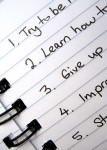 If all you think of when asked “What do you want?” is all the stuff to do, all the steps to take, all the different things you’ve been thinking about, “If I only do these things, I’ll be successful.” Then start there.
If all you think of when asked “What do you want?” is all the stuff to do, all the steps to take, all the different things you’ve been thinking about, “If I only do these things, I’ll be successful.” Then start there.
Make a big brainstormed list of all the actions, all the steps, all the ideas of actions, all the things people have told you that you have to do. Make a big list. Now I recommend doing this in excel, where column A is your long list of stuff to do and each action item is in a separate row.
Now, take that long list and:
- In Column B, put the categories of your life each action falls into (such as fitness and health, business, relationships, etc.) and again, you can use the 5 Hats of the Business Owner to break out the work category further.
- Then, use the sort function in Excel to sort by category.
- Cut and paste the sorted list into a separate worksheet for each category.
- One category at a time, ask yourself, which actions go together? And group them together.
- And then ask yourself, if I do these 6 actions that seem to go together (for example) what will I have? What will that give me?
- Write a specific and measurable goal or objective to express that.
- Put a deadline on that goal and add start dates and completion dates on each action.
- Fill in any actions that are missing in order to create those goals
- Think about all those goals together, and create a vision of what that life looks like.
And here too, if creating a full-fledged plan with start and end dates on every action feels overwhelming, just work with the goals for the next 3 months.
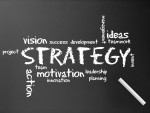 Where do Strategies fit in?
Where do Strategies fit in?
Strategies, by their very nature, fall into the category of big picture thinking. Because they apply to everything. When you choose a strategy, it will effect:
- How you state your goals
- Which action items you choose when creating your plan
- How you implement your plan
For example, if you have a strategy of
Always be learning!
And you apply that to your goal. It might change:
A CD of toe tapping songs
to
A CD of toe tapping songs with expanded musical influences
Your action plan might include studying Cuban and Jazz music styles in order to help you expand those musical influences. It might also include taking a songwriting class or studying recording techniques. It might include participating in a songwriting circle to get ongoing feedback on your writing.
Without that strategy, your goal and your actions might be very different.
So, start with creating a few strategies and test them out. Apply them to your goals and action plans and see how they change. And work with them for a few weeks to decide if you like how the strategies are affecting you and whether you want to keep them or change them.
It’s also an interesting question to analyze what strategies are you currently using, unconsciously? But that’s a subject for another time.
What are your goals, actions and strategies? I’d love to hear them!
Save
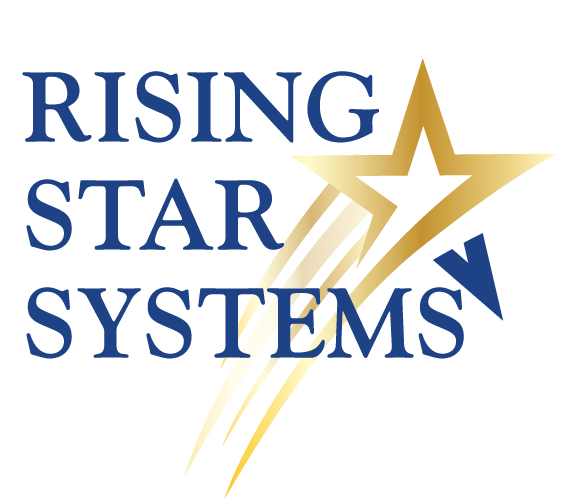

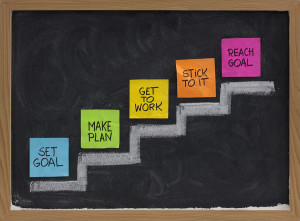

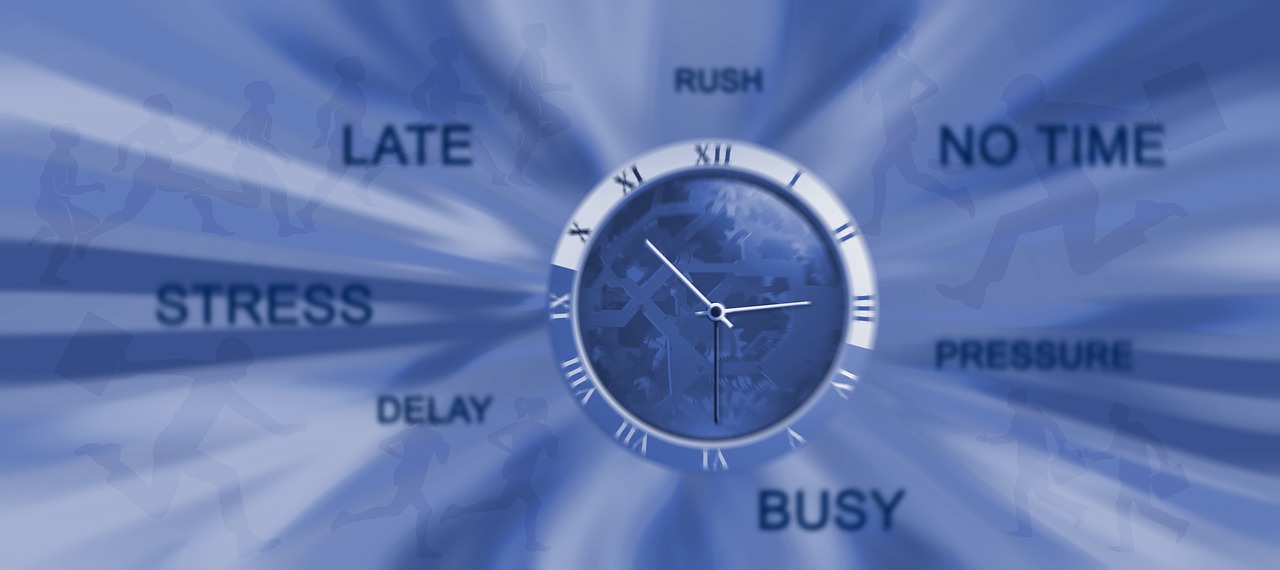
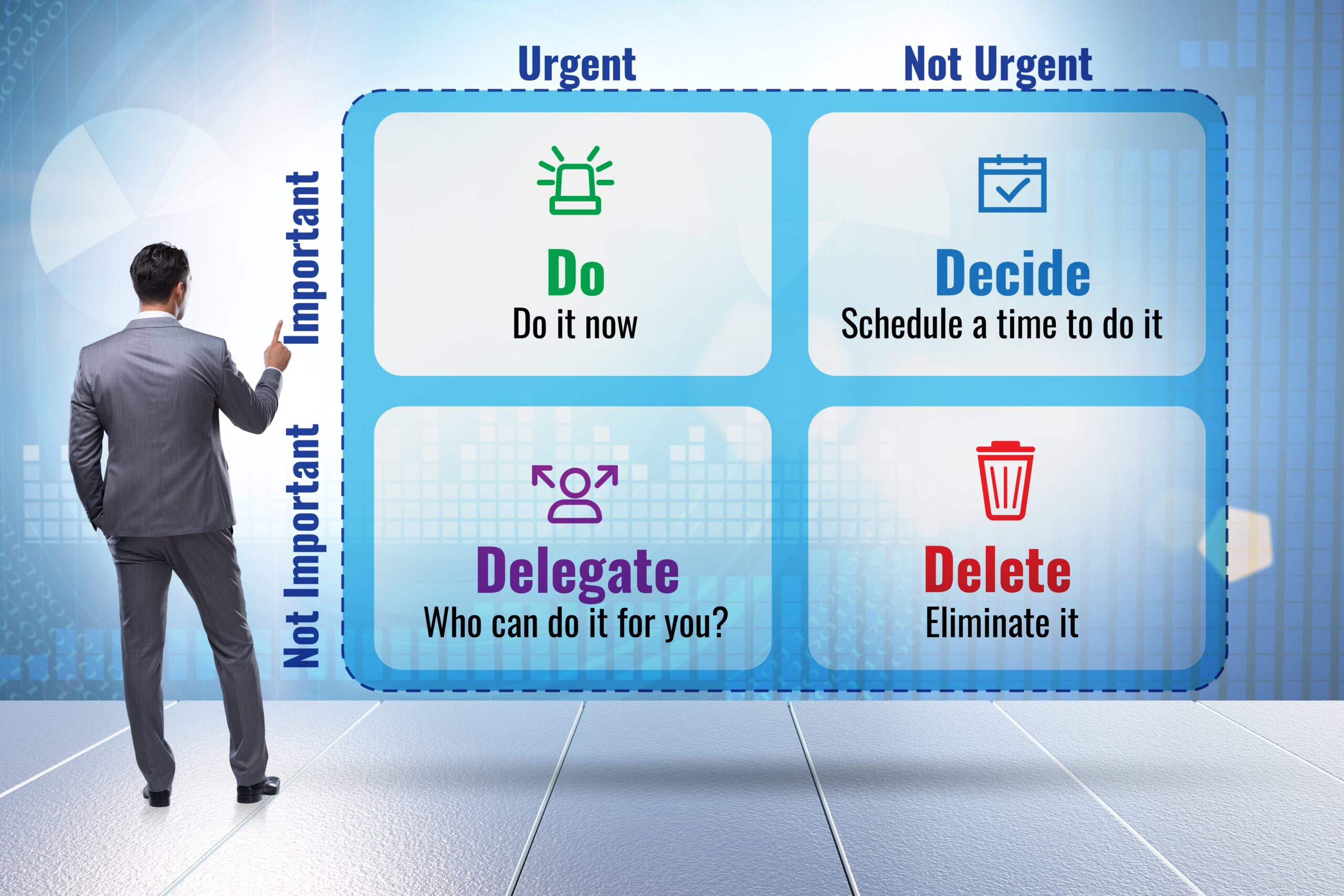
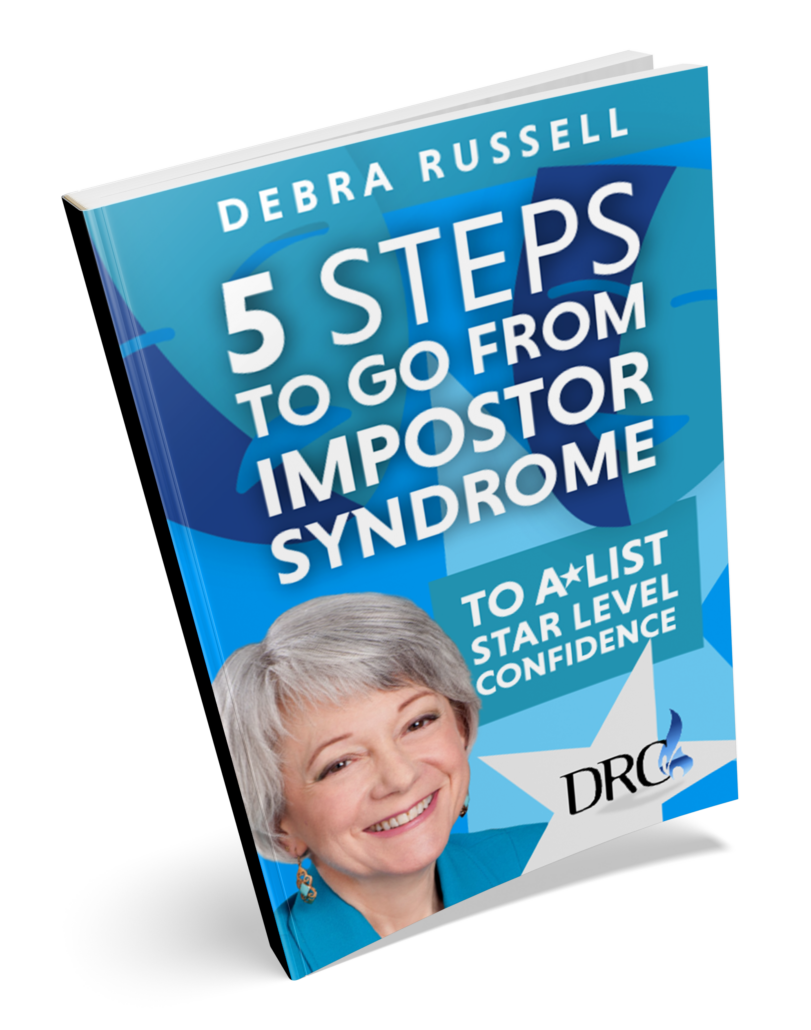
2 Responses
I’m a “detail” guy all the way. It’s so obvious but I never looked at it till I read this article. Thanks for the insight Debra and a best New Year’s wishes to yourself and everyone on the Jersey shore.
Thanks Jimmy! Glad you found it useful. A safe and happy New Years to you and your family!